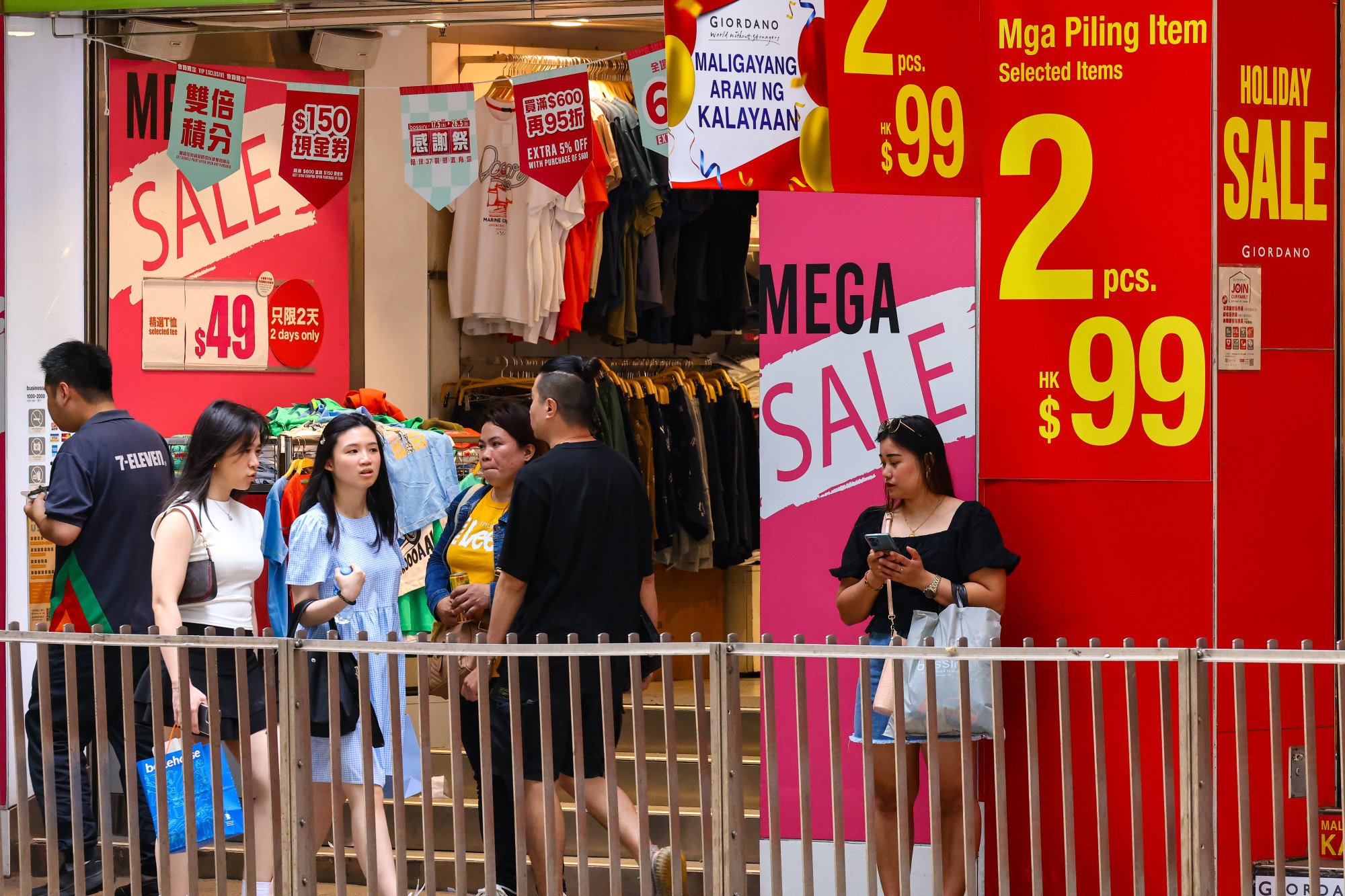Hong Kong retail sector can expect ‘low double-digit decline’ in sales this year
Figures released by the Census and Statistics Department showed sales in January and February grew 0.9 per cent and 1.9 per cent year on year, respectively, before contracting 7 per cent in March. A further decline of 14.7 per cent was recorded in April, according to provisional numbers.
Although retail sales expanded 16.2 per cent in 2023, some of the growth seen so far was likely to be due to the low base of reference rather than a true sign of recovery, Tse said.
“Even with the growth we have observed, they are just a few percentage points or in the low double digits,” she said.
“They are not large jumps that hold much significance.”
She added the sector had “now hit a rock bottom” and she was hopeful for growth next year.
The city’s retail industry continued to struggle with a host of issues, including a lack of staff and high operating costs, she said.
The sector was also hampered by external factors in its efforts to attract spending from mainland Chinese visitors, such as a strong Hong Kong dollar and a low duty-free shopping threshold for such tourists.
The current duty-free limit stands at 5,000 yuan (US$689) per person for each trip, a level that Tse urged authorities to increase.

She also called on the city to tackle issues closer to home, such as encouraging residents to start spending again locally.
“We are not talking about competing for low prices with the mainland, because we simply cannot compete with them on that front,” she said.
“But it is about doing more of our own promotions and maximising our value for money.
“We still have a lot of confidence in Hong Kong products.”
The government recently revealed more than 74 million trips were made by residents through border checkpoints to the mainland from May 2023 to April this year. The figure was more than double the about 28 million trips mainland visitors made to the city in the same period.
It also corresponded with industry concerns about a trend of Hongkongers flocking to neighbouring cities such as Shenzhen.
Regarding the government’s recently launched courtesy campaign for the service industry, Tse said she generally welcomed the move, as some businesses in Hong Kong were probably dealing with tourists for the first time.
“For our most traditional tourist districts, the service providers there are very skilled at providing good service to our visitors,” she said.
But since tourist behavior had shifted following the pandemic, with more of a focus on “cultural tourism”, some could be venturing into districts that were not accustomed to having many foreign visitors.
She said improving service quality was important but the current challenging environment made it difficult for businesses to invest in such areas while also dealing with manpower pressures.
Statistics from the Tourism Board showed 11.2 million visitors came to Hong Kong in the first quarter of the year, about 62 per cent of pre-pandemic levels in 2019.